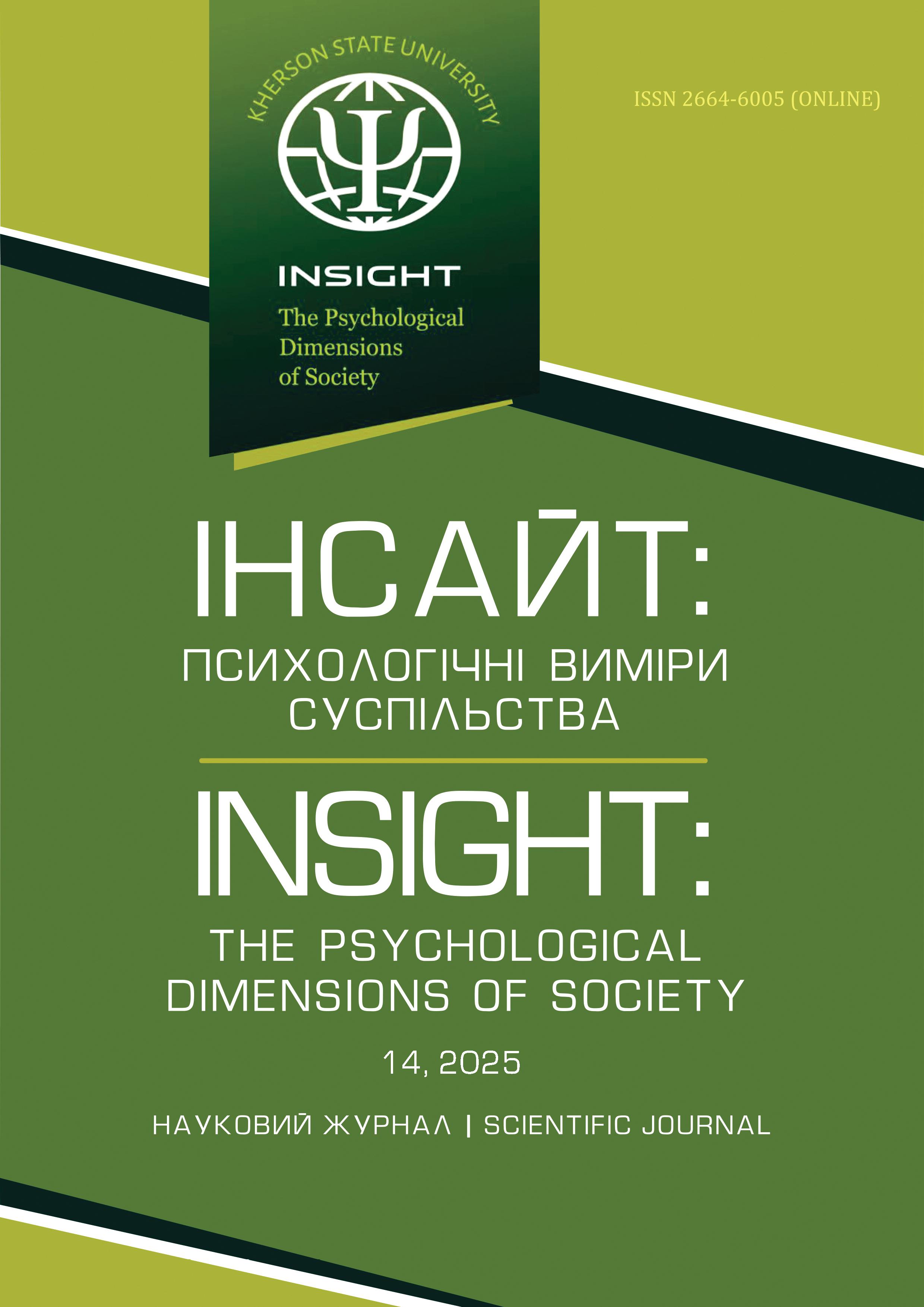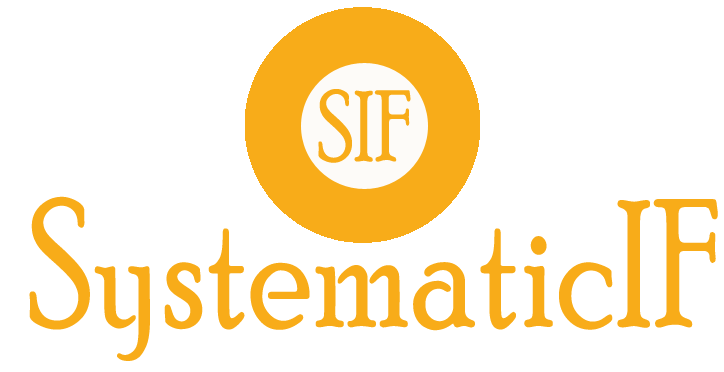The use of virtual reality technologies for the relaxation of pregnant and parturient women: the results of a pilot study
Abstract
Modern methodology of psychological support of pregnantwomen is represented by many effective meansand focus areas, but they mainly concern the prenatalperiod. The aid of a psychologist during childbirthis complicated by objective factors: first of all, there isa lack of trained specialists who can be constantly presentin a delivery room and work in cooperation withdoctors and parturient women. Therefore, the meanswhich can be provided to patients in audio or video formatafter a preliminary briefing arouse interest. In particular,the application of virtual reality technologies,which dive a person into an immersive therapeuticspace, has great prospects. They are actively employedto relieve procedural and acute pain in pediatric, oncological,and burn departments. However, they are stillpoorly introduced into obstetric practice and perinatalpsychology. The purpose of this work is to presentpreliminary results of the implementation of VRrelaxation during contractions in women giving birthfor the first time. Methods. The guided relaxation techniqueis intended for pregnant women; it comprises verbal instructions for deep muscle relaxation, guidedvisualization to enhance salivation and positive suggestionsabout delivery outcome, and 3D backgroundvideo and music. The experimental group included49 participants who used VR glasses with a relaxationprogram during contractions; the control group consistedof 43 women who gave birth traditionally, involvingall other services of the maternity department.Results contain medical records (duration of delivery,anesthesia use, a newborn’s Apgar score) and a surveyof women on their experience 24-48 hours after childbirth.The comparative analysis confirmed a significantdecrease in the use of anesthetic, duration of delivery,intensity and discomfort of labor pain; an increase inthe ability to relax between contractions and betterestimates of the newborn condition. The substantialgrowth of overall satisfaction with labor and the desireto give birth again in the experimental group is crucial.The technology’s effectiveness proves the theoryof the psychogenic origin of labor pain and hencethe relevance of a psychological approach to managingit. The author concluded on the effectiveness of interventionsbased on muscle relaxation of parturientwomen in combination with virtual reality technologies.The presented technology is fully ready-to-use inthe practice of maternity departments.
Downloads
References
Askay, S.W., Patterson, D. R., & Sharar, S. R. (2009). Virtual reality hypnosis. Contemporary Hypnosis, 26(1) Special Issue: Hypnotic Analgesia, 40–47. https://doi.org/10.1002/ch.371
Baradwan, S., Khadawardi, K., Badghish, E., Alkhamis, W. H., Dahi A., et al. (2022). The impact of virtual reality on pain management during normal labor: A systematic review and meta-analysis of randomized controlled trials. Sexual & Reproductive HealthCare, 32, 100720. https://doi.org/10.1016/j.srhc.2022.100720
Bastani, F., Hidarnia, A., Kazemnejad, A., Vafaei, M., & Kashanian, M. A. (2005). Randomized controlled trial of the effects of applied relaxation training on reducing anxiety and perceived stress in pregnant women. Journal of Midwifery & Women’s Health, 50(4), 36–40. https://doi.org/10.1016/j.jmwh.2004.11.008
Buckley, S. J. (2015). Executive summary of hormonal physiology of childbearing: evidence and implications for women, babies, and maternity care. Journal of Perinatal Education, 24, 145–153. https://doi.org/10.1891/1058-1243.24.3.145
Carl, E., Stein, A. T., Levihn-Coon, A., Pogue, J. R., Rothbaum, B., Emmelkamp, P., et al. (2019). Virtual reality exposure therapy for anxiety and related disorders: A meta-analysis of randomized controlled trials. Journal of Anxiety Disorders, 61, 27-36. https://doi.org/10.1016/j.janxdis.2018.08.003
Carus, E. G., Albayrak, N., Bildirici, H. M., & Ozmen, S. G. (2022). Immersive virtual reality on childbirth experience for women: a randomized controlled trial. BMC Pregnancy and Childbirth, 22(1), 354. https://doi.org/10.1186/s12884-022-04598-y
Chirico, A., Lucidi, F., De Laurentiis, M., Milanese, C., Napoli, A., & Giordano, A. (2016). Virtual Reality in health system: beyond entertainment. A mini-review on the efficacy of VR during cancer treatment. Journal of Cellular Physiology, 231(2), 275–287.
Dick-Read, G. (1933). Natural Childbirth. London: Heinemann.
Frey, D. P., Bauer, M. E., Bell, C. L., Low, L. K., Hassett, A. L., Cassidy, R. B., Boyer, K. D., & Sharar, S. R. (2019). Virtual Reality Analgesia in Labor: The VRAIL Pilot Study-A Preliminary Randomized Controlled Trial Suggesting Benefit of Immersive Virtual Reality Analgesia in Unmedicated Laboring Women. Anesthesia & Analgesia, 128(6), e93–e96. https://doi.org/10.1213/ANE.0000000000003649
Gür, E. Y., & Apay, S. E. (2020). The effect of cognitive behavioral techniques using virtual reality on birth pain: a randomized controlled trial. Midwifery, 91, 102856. https://doi.org/10.1016/j.midw.2020.102856
Hoag, J. A., Karst, J., Bingen, K., Palou-Torres, A., & Yan, K. (2022). Distracting Through Procedural Pain and Distress Using Virtual Reality and Guided Imagery in Pediatric, Adolescent, and Young Adult Patients: Randomized Controlled Trial. Journal of Medical Internet Research, 24(4), e30260. https://doi.org/10.2196/30260
Indovina, P., Baron, D., Gall, L., Chiric, A., De Pietr, G., & Giordan, A. (2018). Virtual Reality as a Distraction Intervention to Relieve Pain and Distress During Medical Procedures. A Comprehensive Literature Review. The Clinical Journal of Pain, 34(9), 858–877. https://doi.org/10.1097/AJP.0000000000000599
Mongan, M. F. (2005). HypnoBirthing: The Mongan Method: A natural approach to a safe, easier, more comfortable birthing. 3rd Edition. Publisher Health Communications.
Leap, N., Dodwell, M., & Newburn, M. (2010). Working with pain in labour: An overview of evidence. New Digest, 49, 22–26.
Li, L., Yu, F., Shi, D., Shi, J., Tian, Z., Yang, J., et al. (2017). Application of virtual reality technology in clinical medicine. American Journal of Translational Research, 9(9), 3867–3880. https://www.ncbi.nlm.nih.gov/pmc/articles/PMC5622235/
Lowe, N. K. (2002). The Nature of Labor Pain. American Journal of Obstetrics and Gynecology, 186(5 Suppl Nature), 16–24. https://doi.org/10.1067/mob.2002.121427
Nasiri, S., Akbari, H., Tagharrobi, L., & Tabatabaee, A. S. (2018). The effect of progressive muscle relaxation and guided imagery on stress, anxiety, and depression of pregnant women referred to health centers. Journal of Education and Health Promotion, 7, 41. https://pubmed.ncbi.nlm.nih.gov/29619392/
Tick, H., Nielsen, A., Pelletier, K.R., Bonakdar, R., Simmons, S., Glick, R., Ratner, E., Lemmon, R. L., Wayne, P., & Zador, V. (2018). The Pain Task Force of the Academic Consortium for Integrative Medicine and Health. Evidence-Based Nonpharmacologic Strategies for Comprehensive Pain Care: The Consortium Pain Task Force White Paper. EXPLORE, 14(3), 177–211. https://doi.org/10.1016/j.explore.2018.02.001
Velvovsky, I., Platonov, K., Ploticher, V., & Shugom, E. (2002). Painless Childbirth Through Psychoprophylaxis Honolulu: University Press of the Pacific.
Won, A. S., Bailey, J., Bailenson, J., Tataru, C., Yoon, I., & Golianu, B. (2017). Immersive Virtual Reality for Pediatric Pain. Children, 4(7), 52. https://doi.org/10.3390/children4070052
Wong, M. S., Spiegel, B., & Gregory, K. D. (2021). Virtual Reality Reduces Pain in Laboring Women: A Randomized Controlled Trial. American Journal of Perinatology, 38(S01), e167–e172. https://doi.org/10.1055/s-0040-1708851
Authors who publish with scientific journal agree to the following terms:
• All scientific papers may be freely copied and distributed on any medium and in any format, provided that the references to the initial data of the scientific work are indicated.
• Authors retain copyright and grant the journal right of first publication with the work simultaneously licensed Creative Commons Attribution License .
• Authors are able to enter into separate, additional contractual arrangements for the non- exclusive distribution of the journal’s published version of the work (institutional repository, your website, monograph), with an acknowledgement of its initial publication in this journal.





































